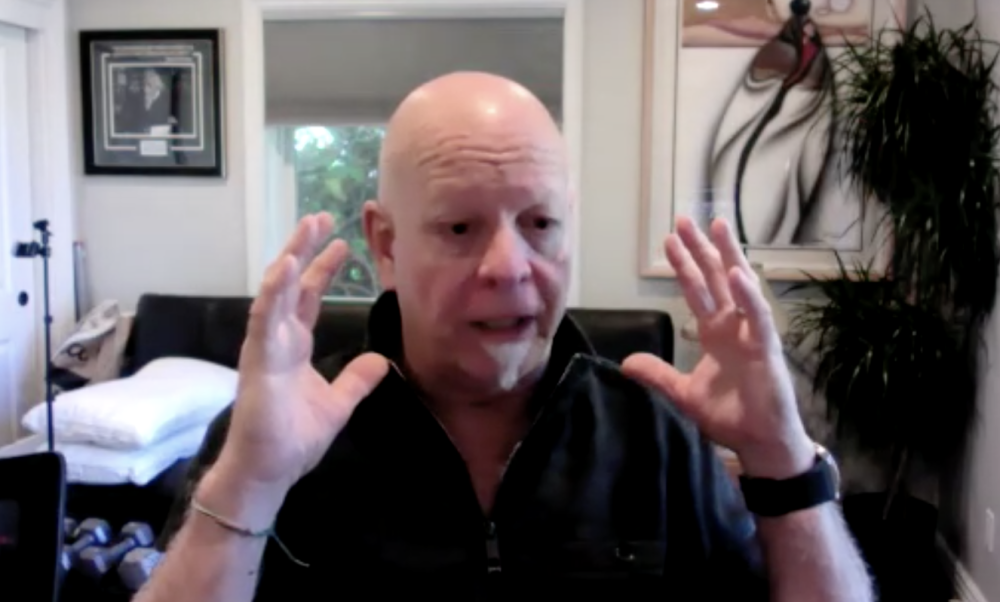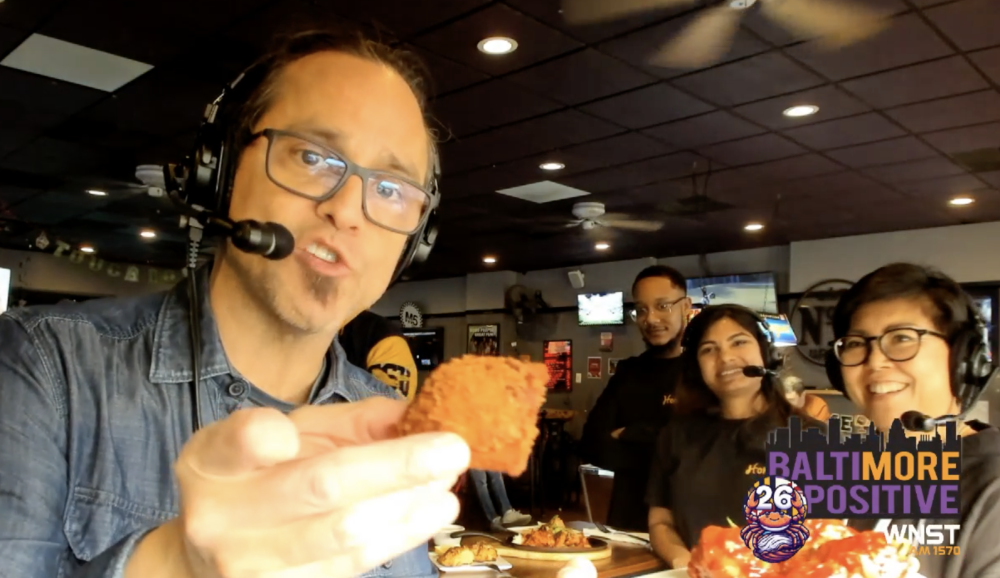Today, with my 30th ranked stadium in Major League Baseball, I’ll be unveiling – and highlighting – a different ballpark and experience from my 30-30 MLB #GiveASpit tour. We’ll be ranking them from worst to first every day over the month.
Much like criteria for various sports Halls of Fame, postseason awards and/or any other smarmy institutional rankings or polls or opinions, this one rests solely on me. I figured if I could rank my Top 50 Bruce Springsteen songs, or U2 numbers or Rush classics, then I could work out the most requested piece of advice or expertise from spending a month of my life on the road chasing baseball.
Along my journey this summer, everyone seemed to ask the same question:
“Which stadium did you like the best?”
And, honestly, when you’re in a different ballpark every night for 30 days, it’s pretty natural to start comparing and contrasting every facet of every place you visit.
My ranking are based on an all-encompassing vibe and mojo. These are my personal rankings. They’re not “traditional” in any way. I put a lot of thought into them and invested the time and money to visit them all and experience baseball in totality in 2015.
I didn’t take as gospel what some broadcaster or “journalist,” who enters through the press gate and rolls up to the feeding room, said about these venues. Instead, I walked through every park – some of them twice – just to see every nook and cranny.
It’s also obvious that every stadium is better with more people in it and fans filling it. Some parks are struggling to get folks to come to the games and many with good reasons across MLB.
Baseball ain’t really so cheap and “family friendly” anymore. Sure, you can score a $5 get-in these days in Denver or Phoenix but there’s a reason these owners are making hundreds of millions of dollars while putting a sometimes “cheap as possible” brand of baseball on the field.
Your TV money (and every neighbor you have) is what’s driving the business of baseball. The stadiums are simply a stage that allows the money to flow.
Some teams – like the Yankees, Tigers and Orioles – have built stadia over the past two decades that are chic, sexy and printing money but they haven’t really captured the spirit and charm of their previous homes. It’s almost been a backward ride for the mojo of the franchise in some ways. For other dumps and cookie cutters like The Vet and Busch Stadium and Three Rivers (which was one of the worst places to watch a game from any sight line), well it was hard to not improve with a new facility.
And the venerable places – and the top two on my list – are old-school stadiums that have renovations that have made them shine even more.
Look, many of these ballparks are lovely. Every community – save for Oakland, Tampa and maybe Toronto, can look their fans in the eyes and say “we have a world class facility that warrants you dropping a bunch of money to see a game in our stadium.”
One criteria I’d use is this: if I were a fan of this team, how compelled would I be to buy a 13-game plan, venture to the stadium and want to spend money at baseball games. I’ve been going to baseball games since 1972. Before Peter Angelos took my press pass in 2006, I did 40 to 60 games a year. Now, it’s more of a “special occasion” for me to go to a baseball game. Especially given the amount of money it costs to spend a summer night at a game if you pay retail and eat inside the park.
The bottom line is this: where is my money good?
In the end, which of these places would make me want to fly back – right now – and do it all over again and watch a ballgame.
There’s a lot of ethereal, intangible qualities in a stadium experience.
In some places – like Seattle, San Francisco, Minnesota – I was held at the top of sections and could only take my seat at the of an at bat. It was forced courtesy. I thought it was superbadass and long overdue at baseball games. I like the hockey rules. You are allowed to move around when the ball isn’t in play. Seems so sensible as to be standard operating procedure. But we’ve all had some idiot walk in front of us just as a 3-1 pitch is being delivered with two on in the mid innings.
In others, you could just feel the charm of the staff. Seattle, Minnesota and Philadelphia most notably – every vendor, ticket taker, staffer – was completely helpful and cool.
“They’re all meant to be different” as stadium architect and expect Janet Marie Smith said to me. “It’s why we love pilgrimages. Every one of the Major League Baseball ballparks is unique.”
In many cases, when I wasn’t swabbing or hanging with a celebrity pal or tweeting up pictures from the ballparks, I was interacting with folks on the concourse. Some nights I was treated like a media member. Some nights the team gave us nice tickets. Some nights we arrived super early to swab people. Some nights – like Washington, Miami, The Bronx in New York, Colorado and both sides of Chicago, which, clearly is not my kinda town – I scalped tickets on the street or Stubhub because the team treated me like a disease or a nuisance. The Cubs-White Sox game at Wrigley was a really pricey ticket and I bought standing room seats for $51 each and we squatted for five innings behind a pole at first base and had a fine time because we weren’t getting pelted by rain like everyone who paid $200 did all afternoon.
This isn’t about taking categories and ranking these 30 nights of my life. I didn’t consider the weird rules for each park or even a ton of the history or periphery outside of the main thesis: “If I were sending you someplace to watch a baseball game next summer, where would I send you first…then second…then third.”
So, here’s my list, starting with No. 30 and counting backward. We’ll release one stadium a day for the next month and there’ll be some notes I’ve assembled about why they’re ranked thusly.
I will be writing at length about all aspects of my 30-30 MLB #GiveASpit tour the week of Sept. 8 when we release our No. 1 stadium in Major League Baseball.
My Kerouac tour is complete. I have plenty of stories to tell.
I hope you enjoy the journey…
Cheers,
Nestor


























